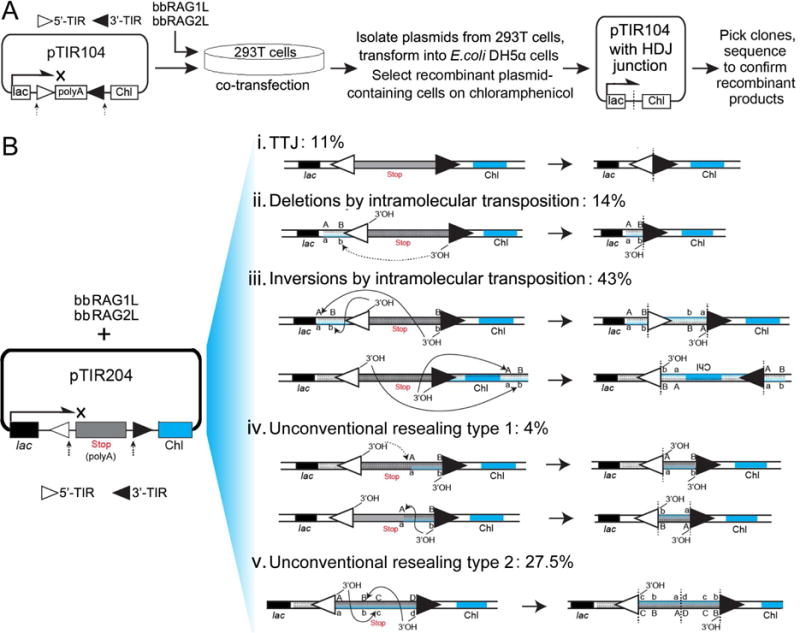Figure 6. Ex vivo analysis of the host DNA rejoining and transposon self-resealing after transposon excision by bbRAG1L/2L.

(A) The bacterial colony assay and the plasmid (pTIR104) designed to detect bbRAG1L/bbRAG2L mediated transposon excision and HDJ rejoining. The results are shown in Figure S5.
(B) The bacterial colony assay designed to detect bbRAG1L/bbRAG2L mediated complex transposon self-resealing events after transposon excision. The resulted recombinants are categorized by the junctions identified by DNA sequencing. The left panel shows the plasmid (pTIR204) designed for the detection, in which the TIRs are retained with the backbone of the plasmid after cleavage.
See also Figure S5.
